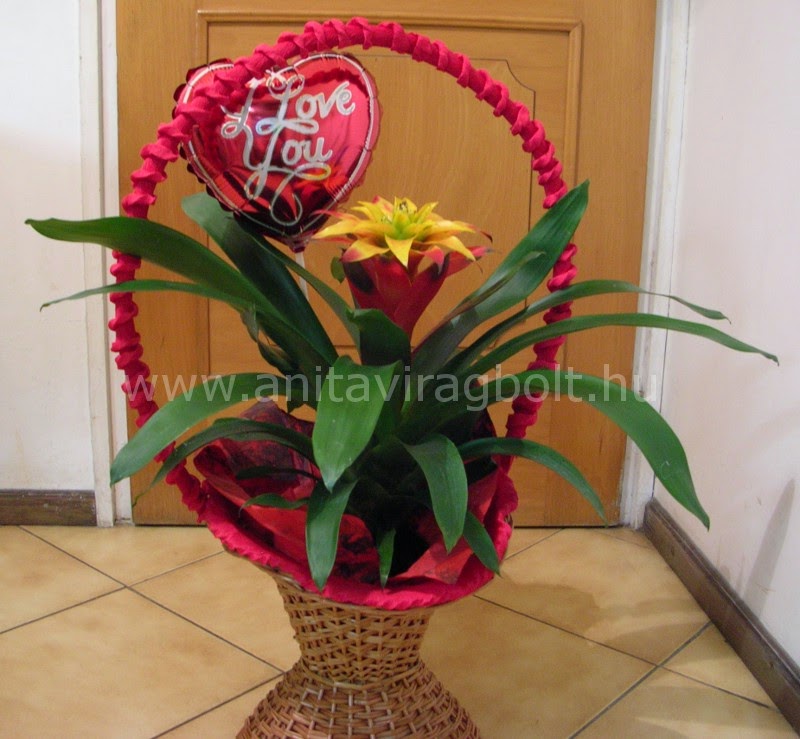Blue or Black roses? Rainbow roses? Or a blue Phalaenopsis orchid maybe? One thing is in common, none of them exists in nature, all of them are colored with flower dye, from white flowers.
If you look after for this topic on the internet, you can find several guides how to dye roses. After reading some of them, the whole process seems to be very easy. You can dye roses for any kind of colour, with conventional food dye, available from any supermarket. To be honest, I wanted to try it out then. I brought some blue food coloring in the nearest supermarket and I followed a simple guide, which was something like this:
"pour food dye into 200ml water in a vase. The more the food dye, the darker the rose will be. Cut off the stems around 2-3 cm and put them into the vase. Wait for at least 24 hours for the results. If you wait more, you can get darker colour."
To tell the truth, I wasn't too proud of the result, I didn't even take a picture. It looked something like this.
Source: http://scientificventure.blogspot.com
I did not give up, because it turned out that it is not as simple as it seemed. This can add value of each, well dyed stem of rose.
After a bit longer research, I figured out that instead of food dye, I should use flower dye and follow the manufacturer's instructions.
I found a company on the internet, and I ordered dyes from several colours, including blue. Their product and instructions produced much better results,
- first of all, you need to sterilize the vase. If it is only clean, it is not enough.
- you should remove each stem from the water for serveral hours. It makes sense after all, like humans, flowers drink more water if they are thirsty.
- cut off stems about 2-3cm (~ 1") before putting them back into the vase.
- mix the dye with clean water.
- water should cover the stems not more than 2-3 cm. There is no need for more water. This way we can also save some dye. Put some antiseptic into the water.
- Until 35-40 C, heat improves the absorption of dye and water. Do not exceed this temperature level, because it will easily harm the flower.
- light also improves the absorption of dye and water, sunlight is the best.
- put the stems into cellophane to prevent the stems from drying up.
Well, after 24 hours, my white roses turned to blue. I made two bouques from them.
Well, inspite of these, I haven't made blue roses in this way for a long time. Mainly because there is no time to wait for 24-36 hours, and there is no guarantee that the dyeing process will be successful. I don't usually get from the right variety every time which works well with the dye. If you use the wrong variety, the end result is more closer to my first attempt with the food dye.
Those hours when the stems are out of the water and the dyeing process reduces the lifetime of the flowers. Unfortunately a bouquet made of these dyed roses lasts for less time than a conventional bouquet.
Nevertheless, if the dyeing process is successful, the blue roses are very beautiful and seems natural.
If you need 5 stems, I recommend to dye at least 7 or 8.
Next time, I will continue with the rainbow rose.











